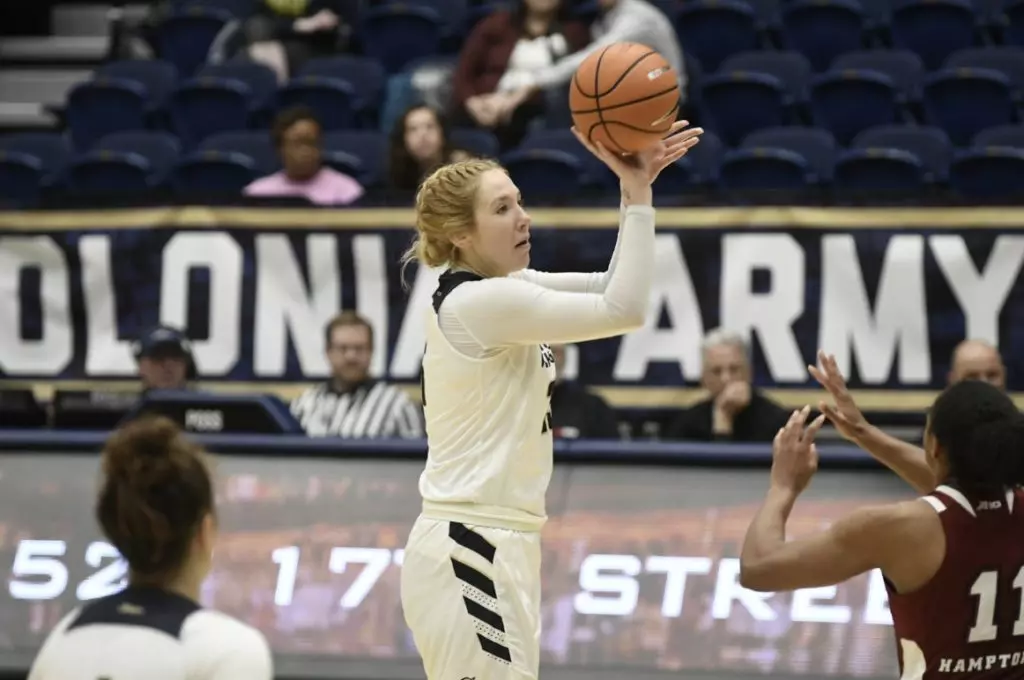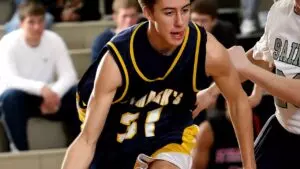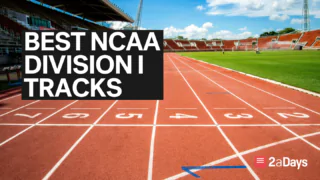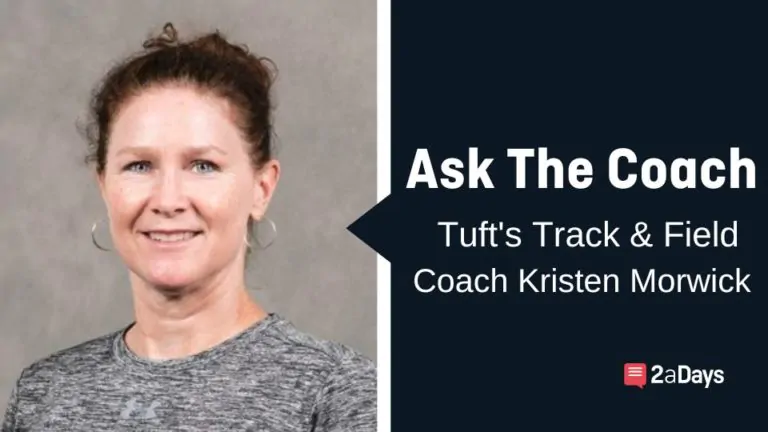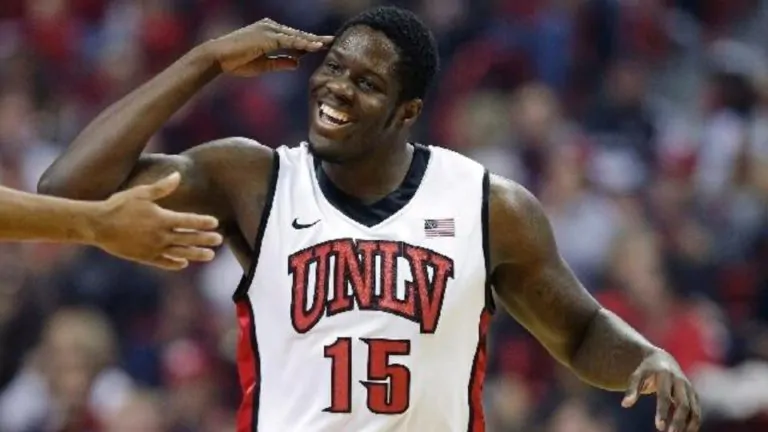Being a Division I women's basketball athlete can be great, but it can be challenging as well. You have to train all year round. You are required to be on campus for summer session II and are encouraged to stay for summer session I. In the fall, you will start pre-season, which, for me, included lifting four days a week, conditioning two days, and having basketball workouts two days a week. As a freshman, this is on top of starting a new semester, joining clubs, and getting into the swing of your classes.
Finally, the action begins in early October with full practices. Games start in November and will continue until March. When you decide what college to commit to, keep this rigorous but rewarding schedule in mind.
Part of this rigorous schedule is communicating with your professors. You may have to miss classes for practices and competitions, so it's important to get to know your professors early and stay ahead in your work. During your first year, Rate My Professors can become a lifesaver; it's like 2aDays' coach rating system, but for professors!
With the competitive athletic scene and high academic standards, becoming a DI athlete can be very challenging, so make sure you consider all of your options.
Being actively recruited by mail, emails, and phone calls pouring in from different universities can be a little overwhelming. These can be from NCAA, NAIA, or even NJCAA schools, so your first decision should be whether you want to commit to an NCAA school, or test out other divisions.
Related: Everything You Need to Know about College Leagues and Divisions
Once you've decided on a target athletic association and division, make sure the schools you're considering offer academic programs that interest you. The transition from high school athlete to college athlete will be challenging, so it's crucial that you can take classes that interest you.
Next, you want to ask about the class sizes. If you are considering a DI school, you will likely have big classes during your first two years; these are typically your intro classes or required classes. Once you narrow down your course of study, the classes will be more focused, and the class sizes will be smaller.
Related: Athletes' Tips on Balancing Your GPA and College Football
Another important factor may be the convenience and campus lifestyle. How far away are the dining hall, field, gym, and classes from your dorm? Is the campus so vast that you feel like you are walking more each day than studying? If convenience is important to you, make sure you visit the campus to get an idea of the layout. DI schools tend to be much larger than other divisions, so you may be sacrificing convenience in exchange for being a DI athlete.
I love George Washington University because everything is convenient. The campus is located in the heart of Washington, D.C., where everything I need is at my fingertips. I can take a 20-minute metro ride to Tysons Corner and shop at some great stores, or walk 30 minutes and be at the steps of the Lincoln Memorial.
Related school rating: George Washington University
The distance from the college to your home may also be a factor for you. Some people can't wait to get away from home, and others can't imagine being far away. I live 45 minutes from home, and I tend to go home at least every other week.
Related: Homesickness, the Effect on Schoolwork, Athletics, and Social Life
Finally, commit to a team that meets your athletic expectations. When choosing a college, you have to decide whether you want to make an impact right away or if you want to ease your way in. If you want to play right out of the gate, then ask the recruiting coach what your odds are because many recruits won't even play until their junior or senior year, and others may be expected to redshirt their first year.
Related: Redshirt: Everything You Need to Know and an Athlete's Personal Experience
Part of picking a school is fitting in with the team. Going on official visits can help with this. These overnights can give you the opportunity to see how the team interacts with one another, and you might hear what the team is saying about the coaches and the program. If you do not feel the vibe, then it's probably not the school for you.
* Originally published on October 1, 2021, by Kelli Prange
